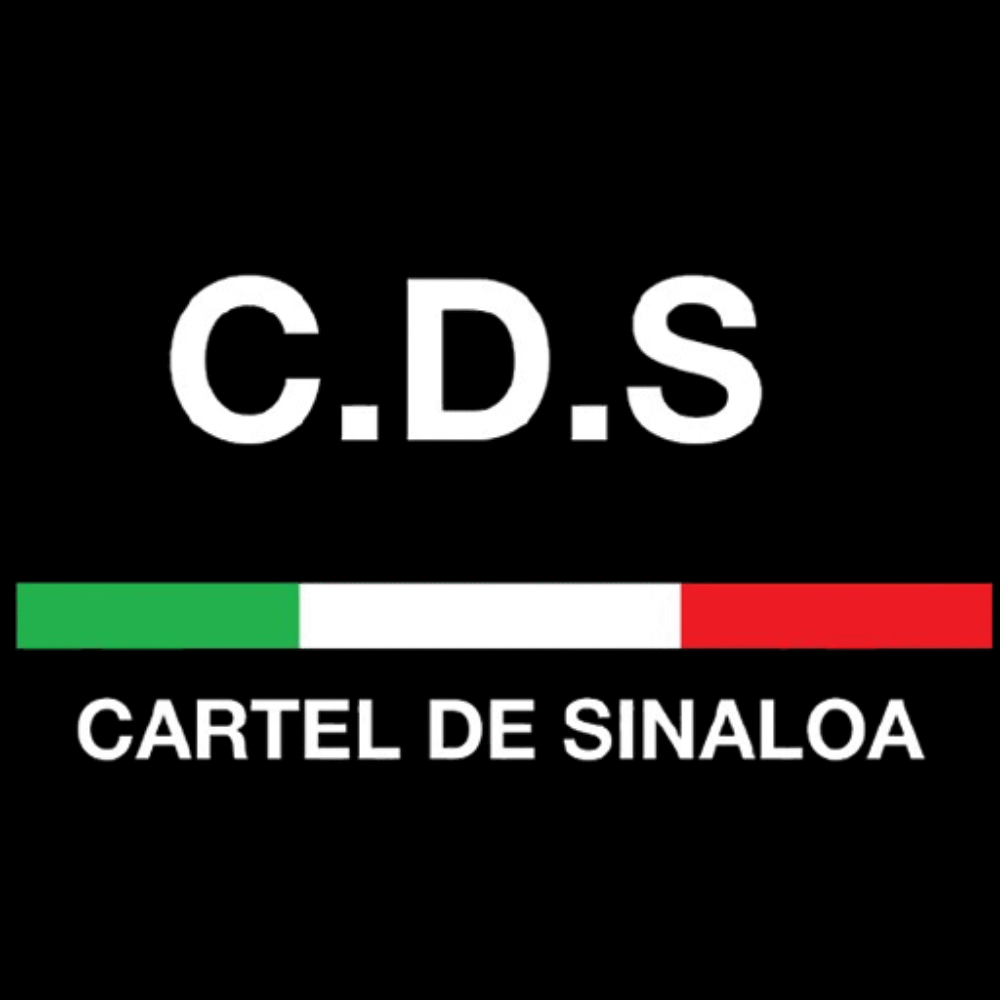Drug Trade Routes Controlled by Sinaloa Cartel Across the Americas
The Sinaloa Cartel commands one of the most extensive and sophisticated drug trafficking networks across the Americas, leveraging key land, sea, and air routes to dominate the cocaine, heroin, fentanyl, and methamphetamine markets. Their control over these routes enables efficient distribution from South American production zones through Mexico and into lucrative U.S., Canadian, and Latin American consumer markets.
1. South America to Mexico Overland Routes
Cocaine is sourced primarily from Colombia, Peru, and Bolivia, transported north through Central America via Guatemala, Honduras, and Nicaragua. The cartel exploits porous borders and corrupt officials to move shipments via trucks, buses, and clandestine paths into Mexico’s drug trafficking corridors.
2. Mexico Pacific Coast Corridor
From entry points like Manzanillo, Lázaro Cárdenas, and Mazatlán ports, the Sinaloa Cartel transports narcotics along the Pacific Coast highway network. This corridor is critical for moving multi-ton shipments of cocaine, heroin, and methamphetamine northward, leveraging cartel-controlled checkpoints and secure stash houses.
3. Cross-Border Smuggling into the United States
The cartel operates numerous smuggling routes across the U.S.-Mexico border, including high-traffic crossings at Tijuana-San Diego, Nogales, and Laredo. These routes use tunnels, vehicles with hidden compartments, drones, and human couriers to infiltrate drugs into key U.S. markets like California, Texas, Arizona, and beyond.
4. Inland Distribution in the United States and Canada
Once inside the U.S., drugs are transported via major highways and interstate systems to distribution hubs in Los Angeles, Chicago, Houston, and New York. The cartel partners with local gangs and criminal organizations to control street-level sales and expand reach into Canada through established smuggling corridors.
5. Caribbean and Atlantic Routes to Europe and Africa
Using maritime routes, the cartel ships cocaine and heroin from Mexican and Caribbean ports through West African transshipment points before entering European markets via major ports like Rotterdam and Antwerp. These routes rely on covert container shipments and alliances with international crime groups.
6. Central and South American Distribution Networks
The cartel also controls drug flows within Latin America, supplying markets in Guatemala, El Salvador, Brazil, and Argentina. These routes reinforce their dominance in the Western Hemisphere and generate substantial regional revenues.
Conclusion (Drug Trade Routes Controlled by Sinaloa Cartel Across the Americas)
The Sinaloa Cartel’s control over diverse and secure drug trade routes across the Americas is central to its global narcotics empire. By integrating land, sea, and air logistics with advanced smuggling techniques and corrupt alliances, the cartel efficiently moves cocaine, heroin, fentanyl, and methamphetamine through strategic corridors, fueling high-volume drug sales and market dominance throughout North, Central, and South America.


